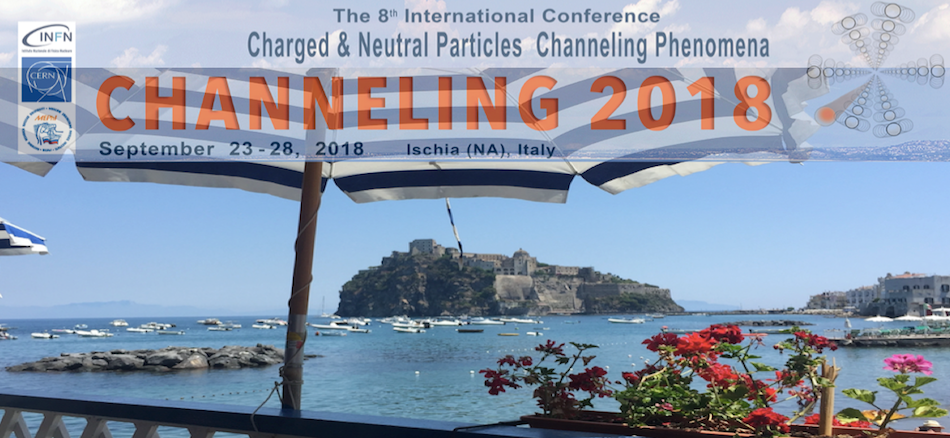Speaker
Prof.
Nikolai Shul'ga
(National Science Center "Kharkiv Institute of Physics and Technology", Karazin Kharkiv National University)
Description
At scattering of low energy electrons on atoms the Ramsauer-Townsend effect is possible, at which the full scattering cross-section under some conditions reaches its zero value [1, 2]. This effect is of quantum nature. In particular, it takes place for the particles with the kinetic energy equal to 0.7 eV being scattered on the inert gases atoms (see [3] and references therein). The uncommonness of this effect consists in the fact that the force acts on the particle but the scattering is absent.
In the present work we turn attention to the fact that an analogous effect is also possible for ultrarelativistic particles at their scattering in ultrathin crystal. The consideration of this process is performed on the basis of the quasiclassical approximation of the quantum scattering theory with taking into account of the representation of the scattering amplitude in the form of an integral over the surface surrounding the area of the particle’s interaction with the external field [4, 5]. The behavior is studied of the full scattering cross-section at incidence of relativistic positrons on ultrathin crystal along one of crystal atomic planes. This simplest case allows an analytical study of the quantum scattering problem. It is shown that in this case at some values of crystal thickness the full scattering cross-section reaches the value zero. This effect also takes place at fixed crystal thickness while the particle energy is varied. It is shown that an analogical effect is also possible at scattering of high energy electrons in ultrathin crystal. Moreover, in our report we present some other results of quantum study of the scattering cross-sections of fast charged particles in ultrathin crystals.
1. P. Ramsauer, Ann. der Phys. 64 (1921) 513.
2. J. Townsend, V. Bailey, Phil. Mag. 43 (1922) 593.
3. N. Mott, H. Massey, The Theory of Atomic Collisions, Oxford, Clar. Pr., 1965.
4. N. Bondarenco, N. Shul’ga, Phys. Lett. B 427 (1998) 114.
5. N. Shul’ga, S. Shulga, Phys. Lett. B769 (2017) 141.
Author
Prof.
Nikolai Shul'ga
(National Science Center "Kharkiv Institute of Physics and Technology", Karazin Kharkiv National University)
Co-author
Dr
Sergiy Shulga
(National Science Center "Kharkiv Institute of Physics and Technology", Karazin Kharkiv National University)

